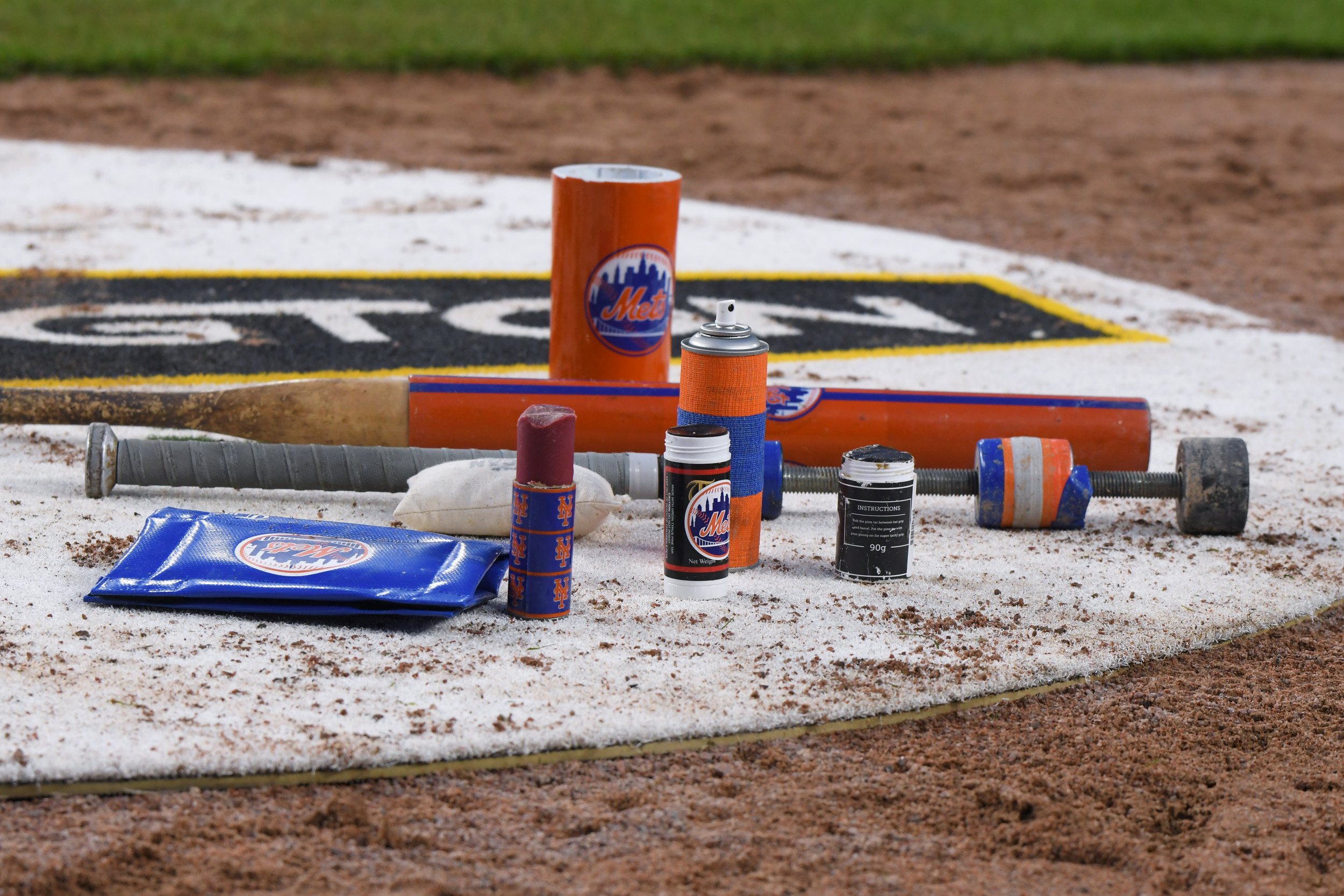The long wait between seasons of Squid Game can at least partially be blamed on the fact that director Hwang Dong-hyuk never intended to make more Squid Game in the first place. But according to a new report for The Wrap, it can also be attributed to how incredibly intricate and demanding production of the series is. The latest season “took three years to complete, six months to write and a year to film,” per the outlet, and “It was quite physically and mentally draining,” star Lee Jung-jae admitted.
One of the issues is coordinating an immense cast with lots of extras (even more than the previous season, since Lee’s character Gi-hun is focused on saving as many people as possible). Writing the season required coming up with new games on an even larger scale. The Six-Legged Race, for instance, “took more than two weeks to shoot,” according to Hwang. The scene reportedly included about 360 players and 150 crew members in an enclosed space filled with gravel, and “Everyone got really sick” kicking up dust every day, Hwang said.
The finale climax also required a lot of time and effort. Building the set of various bright staircases “took roughly six months,” per The Wrap. The actual action required seven days of training from the stunt coordination team. And filming itself “took between seven and 10 days.”
On top of that, every single game required precision from the hair and makeup team to keep track of every character’s blood and sweat. As hair and makeup designer Son Eun-ju put it, “Without working in perfect sync, it would have been impossible to keep track of the situations involving over 400 people, which made us worry about whether we could finish successfully.” Luckily for Netflix and for the clamoring fans, they did—and they’ve already completed the third season (airing in 2025), so everyone involved can earn some well-deserved rest. You can read the full (spoiler-filled) report on Squid Game‘s intricacies here.




















 English (US) ·
English (US) ·